In case you haven’t heard, VMware “by Broadcom” has killed free ESXi. So, it is no longer a viable option for those looking for the best free hypervisor. It is a sad day for those who know, love, and use ESXi free edition. However, there are several great free hypervisors still left that can power your home lab or small business scenario. Let’s take a look at the Best Free Hypervisors and alternatives that we can use now that VMware ESXi free edition is dead.
Table of contents
VMware ESXi Free Edition is now dead
In another move by Broadcom that has driven the nail further in the coffin, they have now officially killed a version of the hypervisor known and loved, VMware ESXi free edition for servers. You can read the official VMware KB article here:
https://kb.vmware.com/s/article/2107518
It is a sad day in the great history of VMware as a hypervisor and as a company. I think what Broadcom has really missed in their acquisition of VMware IS the community, which is the problem.
I may be totally wrong, but I think that is why VMware became the company that it did was due to the community involvement and the support of the community by VMware with things like VMware ESXi free edition, VMUG, and others.
However, now with the new VMware by Broadcom, the direction has changed, the air feels different, and the community is no longer a priority with costs and revenue now the focus for Broadcom. Rest in peace VMware ESXi free edition, a virtualization platform to remember.
Let’s look at the options on the list for companies and home users running different guest operating systems and versions available with the termination of VMware ESXi free edition.
1. Nutanix Community Edition
The reason I place Nutanix Community Edition at the number 1 slot is because it has that enterprise polish in the user interface, great documentation, and basically everything needed, since it is an enterprise hypervisor that many know and use today. Also, I have a feeling that we need to brush up our Nutanix skills now that VMware is dying and bleeding out in the enterprise due to the price hikes, uncertainty, and fear about product uncertainty.
Many are not aware that Nutanix has a free edition called Community Edition software. I wrote a blog post not long ago covering Nutanix Community Edition benefits and the response was overwhelming. I think many are looking at Nutanix for their private cloud moving forward with Broadcom making the moves it is making with licensing, services, applications, customers, and other VMware products used by many enterprises.
Read my post covering Nutanix Community Edition here and a step-by-step walkthrough of getting it up and running in your home lab: Nutanix Community Edition for Home Lab.
2. Proxmox VE
At the number 2 slot of the best free hypervisors sits Proxmox VE. It is a type 1 hypervisor based on KVM. Proxmox is gaining wild success in the home lab and self-hosting community as a hypervisor that gets the job done. It has many of the features that I think many are looking for with not just a home lab hypervisor, but also in the business realm. With Proxmox VE, you can create a cluster, have live migration, failover, snapshots, scalability, performance, and many other resources and basic features that are required when we think about business-critical workloads.
There are also advanced features that you can run with Proxmox as well, including Ceph HCI solution (comparable to VMware vSAN storage for data and Proxmox SDN networking, comparable to VMware NSX).
Proxmox also offers support subscriptions for those who want to have the more enterprise safety net for production environments. They also include a totally free backup solution that you can run for no cost for backups of your VMs and containers. This eliminates another huge spend for many enterprise environments since most will purchase a third-party enterprise backup solution to backup VMware or other hypervisors, like Veeam.
I have written extensively about Proxmox deployment, installation, and configuration. You can read my Proxmox posts here: Proxmox.
3. XCP-ng
Another great free and open source hypervisor project is XCP-ng. It is based on the Citrix Xen hypervisor (Xenserver) and is a type 1, bare metal hypervisor you can freely download and install today. I think it is a great platform for those moving off VMware since it has a very “VMware-like” management experience. The console of the XCP-ng host looks similar to VMware, and you manage it using Xen Orchestra (XO), that contains many of the same features as vCenter Server, albeit for free.
XCP-ng also contains a built-in migration tool that allows compatibility and migrating from VMware vSphere environments with ease, and in a hot migration way. For example, you simply point XO to your VMware environment, enter your username and password, and tell it which VM you want to migrate and select the information required at the XCP-ng level and it will handle the rest of the process, including copying over virtual disk files and anything else needed to access the VM at the end of the process.
I have written many blog posts covering XCP-ng on this blog. You can check out my XCP-ng posts with the following link: You searched for xcp-ng.
4. Kubernetes-based hypervisors
Many do not realize there are many great hypervisors that are coming forward based on Kubernetes. The KubeVirt project allows running Kubernetes to build and run virtual machines. This gives developers a standardized interface to run not only their container pods, but also virtual machines that may be needed.
Kubernetes is free and open-source and the KubeVirt project is also free and open-source. So, you can home roll your own solution. Or, there is another great option. Rancher Harvester is a great solution you can download for free that has made a lot of progress in the project. It provides a solution you can download and get up and running with KubeVirt in just a few minutes.
If you are familiar with Rancher as a Kubernetes management platform, Harvester will feel like second-nature since it has basically the same interface as Rancher. Take a look at the recent blog post I wrote covering KubeVirt, what it is, and how you can get up and running quickly with Rancher Harvester here: Kubevirt Running VMs on a Kubernetes Cluster.
5. Vanilla KVM
You can also choose to run vanilla KVM on a distro like Ubuntu Server, Debian, or another Linux distribution on a box or spare computer or PC you have lying around. KVM is a free and open-source Linux package you can setup on your favorite operating system and be up and running with a virtual machine system with little work.
Vanilla KVM is very command-line driven, which may be an issue for some. However, you can also install tools like Virt Manager among others that provides a GUI management tool for managing your KVM environment running on top of Linux.
Take a look at my walkthrough post here on how to install KVM in Ubuntu Server: Install KVM Ubuntu 22.04 – Step-by-Step.
6. Honorable mentions
There are many other free hypervisors that you can run, depending on what your use case is and what platform you are looking for. A few of the honorable mentions for free hypervisor platforms are:
- Oracle VirtualBox
- Microsoft Hyper-V (only free if you already own a Windows client Pro license with Windows 10 or Windows 11
- Windows Server Hyper-V may be “free” if you already have a Datacenter license
- VMware Workstation (free with a 30-day trial, but not free longterm, if Broadcom keeps it around)
Wrapping up
All in all it is a sad time for all VI admins and everyone managing VMware infrastructure solutions, hosts, and clusters. Many of us ran the VMware ESXi free edition for years at home until we picked up VMUG Advantage. The sadness comes not so much from the killing off of VMware ESXi free edition as a solution, but what it represents (big corporate businesses and vendors doing what they do without regard for the community roots that started it all). However, there is always a silver lining if you look for it. These moves will cause us to grove and adapt and may push us out of our comfort zones. But change can and will be positive if we make it that. Peace and love for all the fellow VI admins out there. Let me know your thoughts in the comments or by posting a comment in forum thread here.
Google is updating how articles are shown. Don’t miss our leading home lab and tech content, written by humans, by setting Virtualization Howto as a preferred source.

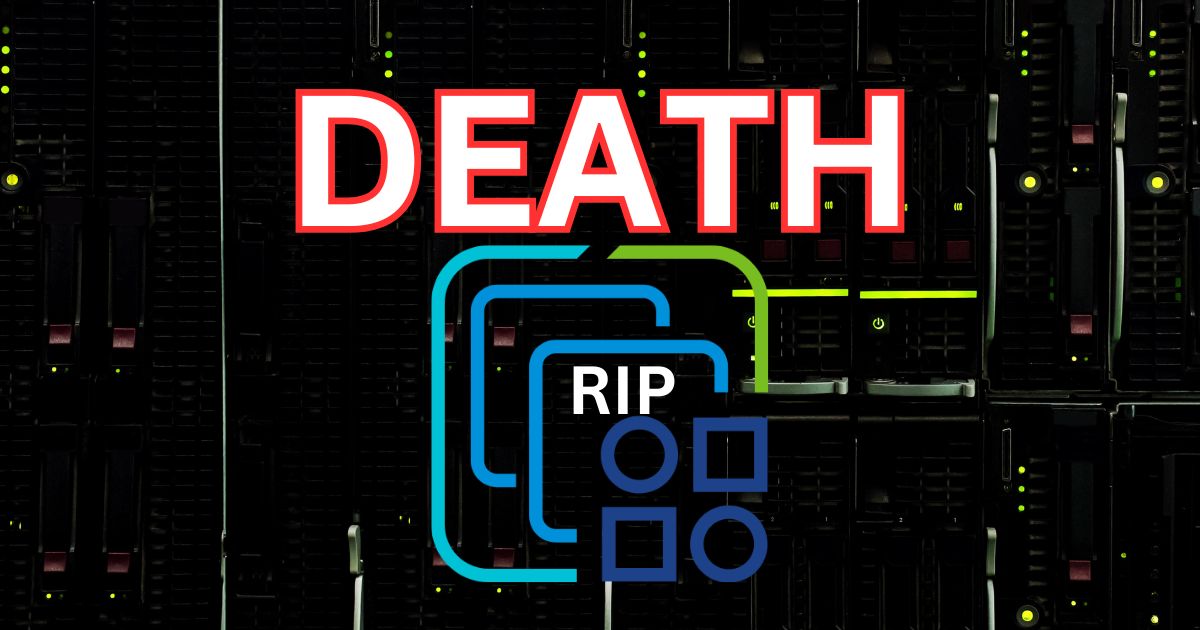

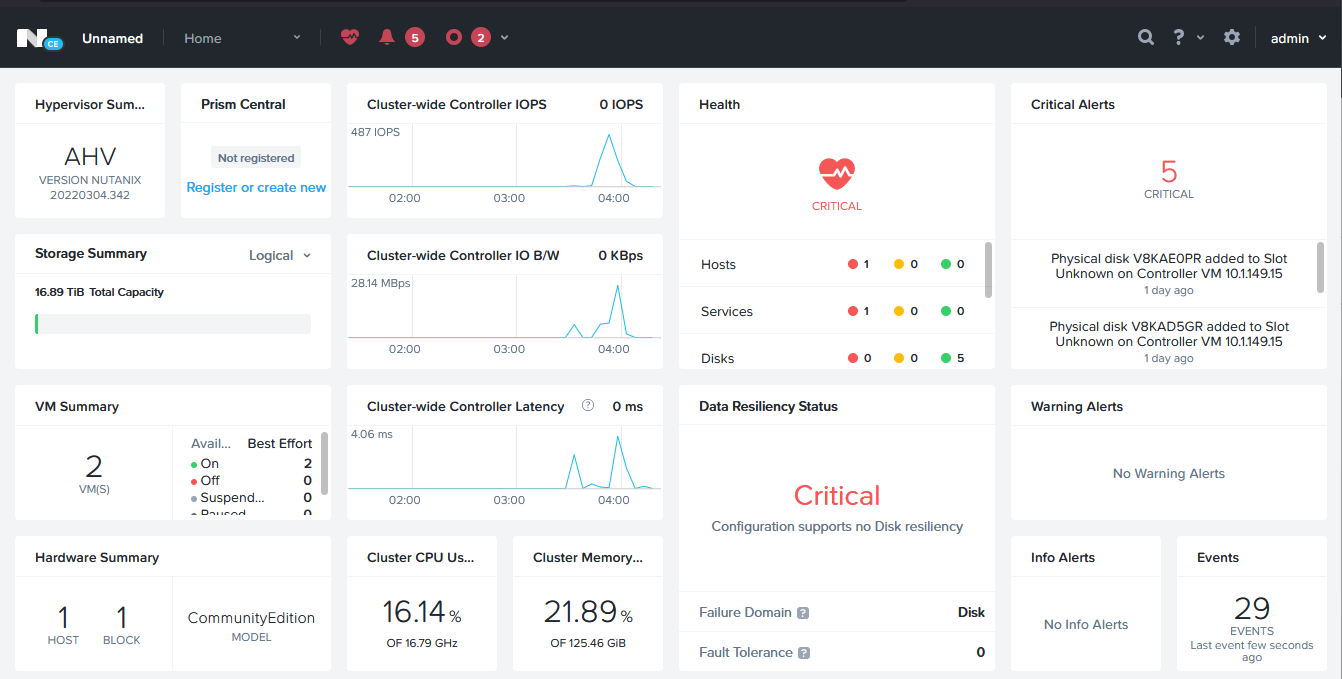

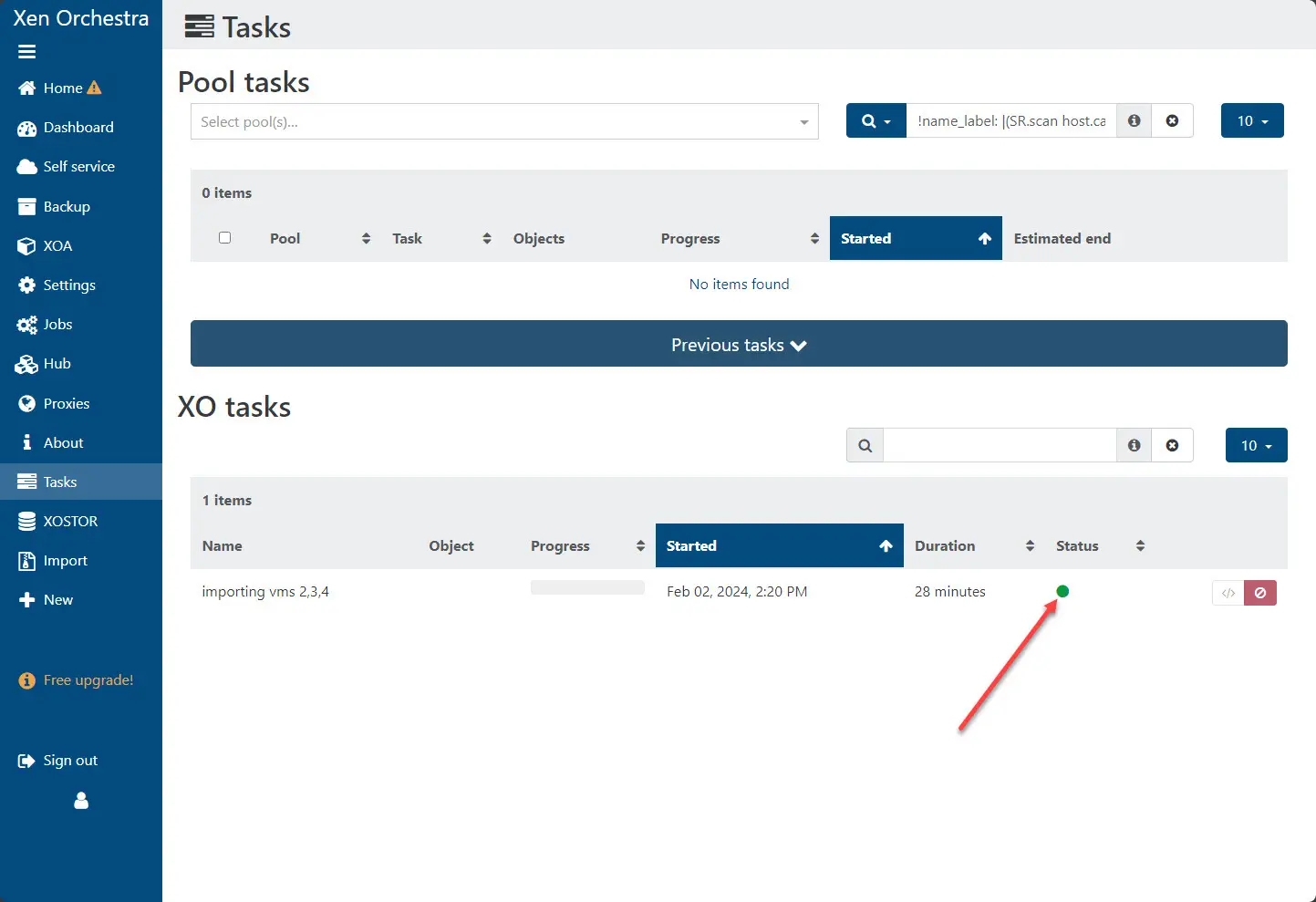
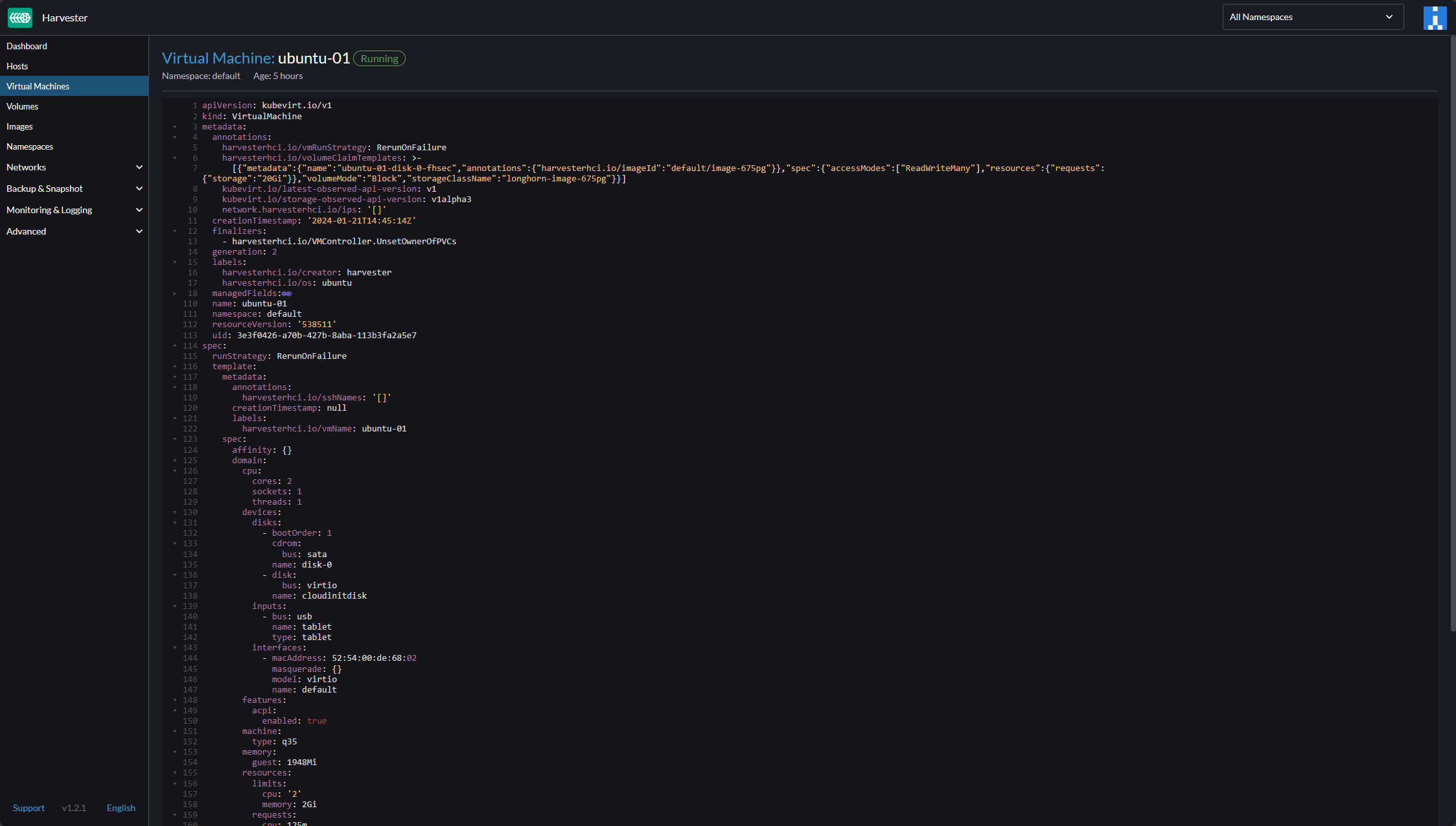
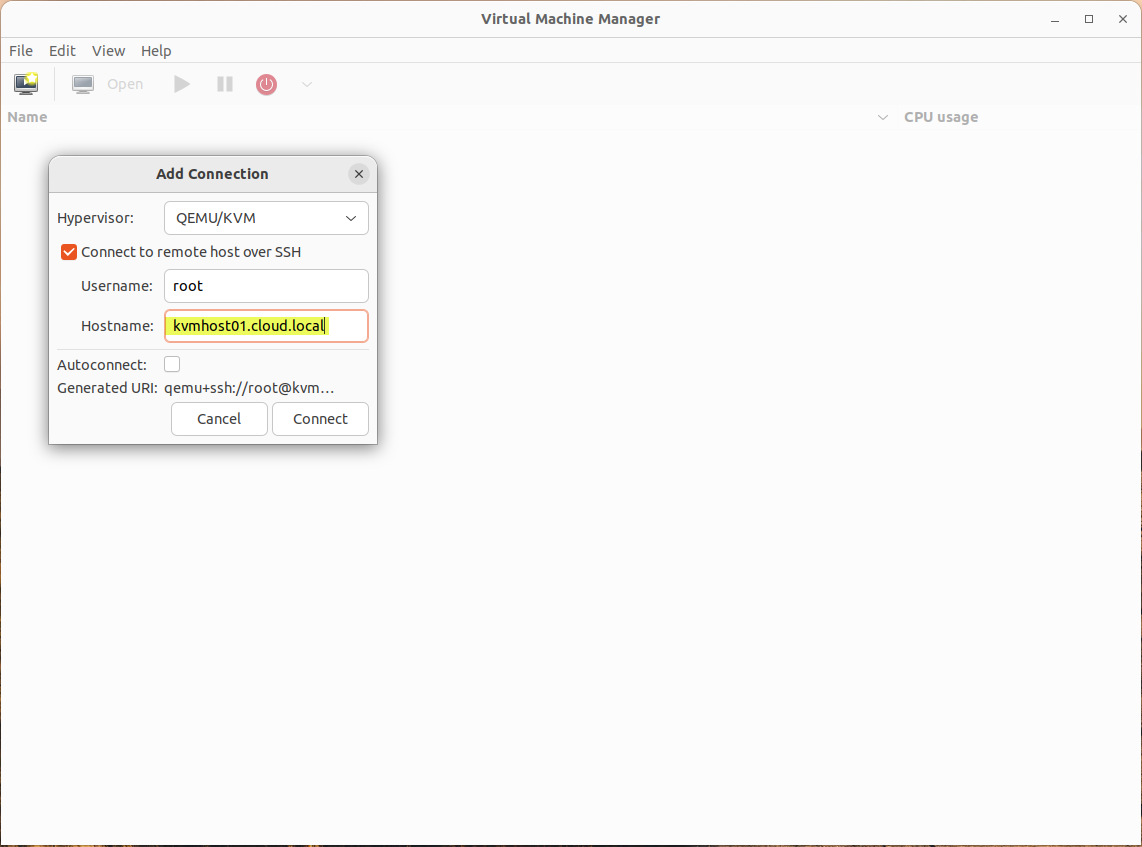
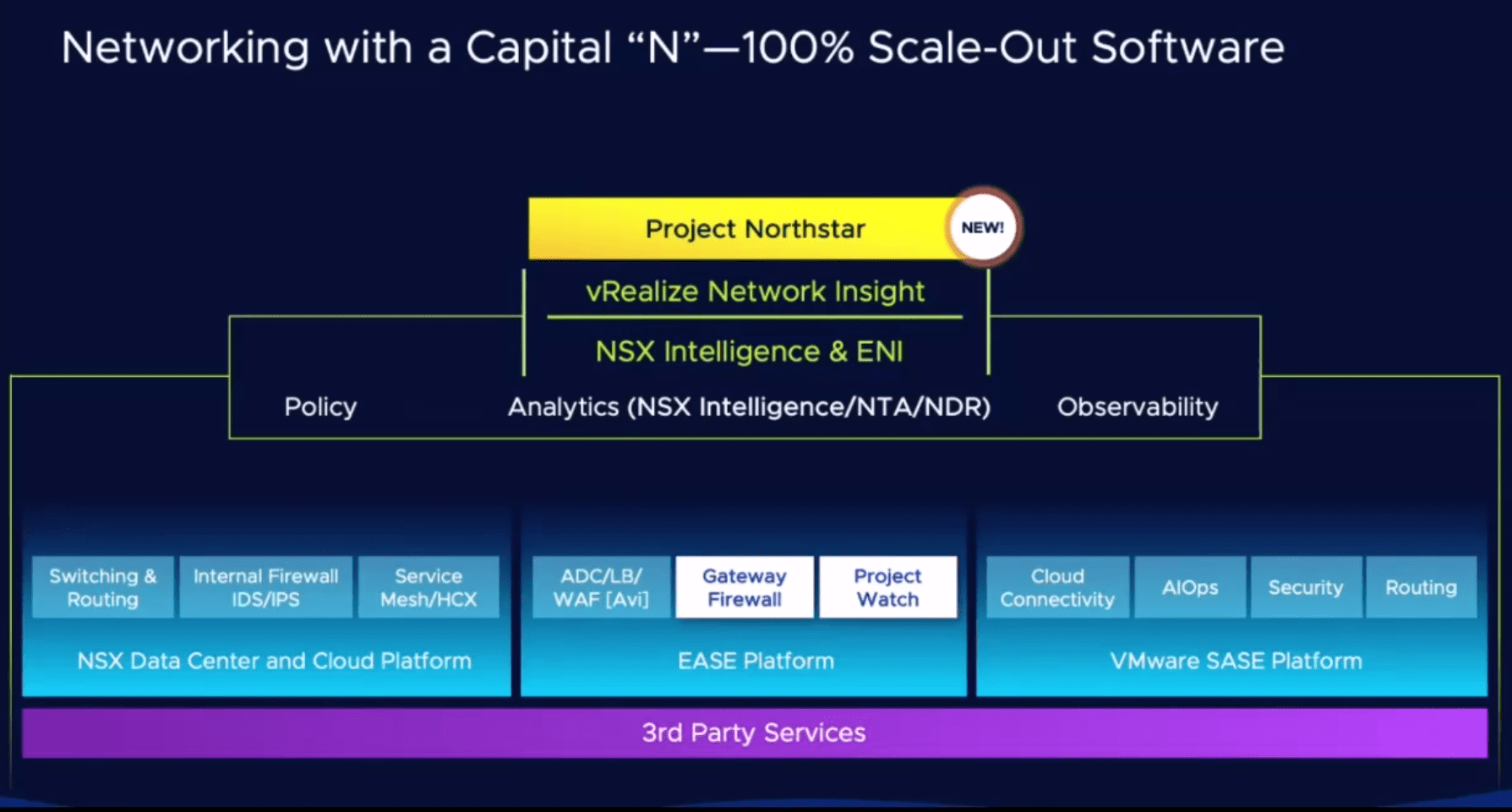


Hi,
For me it is a clear sign to kill on-prem infrastructures and force to cloud.
Because a lot of customers won’t be able to afford it anymore, making cloud cheaper… At least for now.
It is very sad… luckily, alternatives are already available!
Franck,
You are definitely right. I think previous to the pricing structure change by Broadcom, there was a huge argument to stay on-premises as the costs were much lower. However, with the price hikes, this is going to be much less of a reason to stay on-prem.
Brandon
So I have to ask Brandon, are you going to be moving off of VMWare in your own environment (I think I read your homelab is based on VMWare) to another hypervisor, or stay with the commercial version?
David,
Thank you for the comment and great question. I think I will be transitioning much more of my infrastructure to other hypervisors from VMware. I do think I will keep some VMware around as long as I work with it and support it professionally just to keep familiarity with it and have a lab environment to work with. Another driving force for me will be seeing what happens with VMUG and the vExpert program which I am eagerly waiting to see what changes may be coming there. What about you? Are you in the process of migrating to another platform? If so, which one are you going with? I am very curious what most in the community will be migrating to from VMware in the home lab.
Brandon
Brandon:
I am sharing your post with all of my customers. It is so important that everyone should know ASAP. Even they could think could stay at VMware this year, guess finally will move to other flavors.
Really sorry this and bring my memories to Novell. Some similar scenario happened them, and finally the brand dissapeared.
Arrogance is the final word comes to my mind.
Mauricio, thank you for your comment! Definitely looking like a year of change is coming on many fronts. Keep us posted what you see happening with the majority of your customers. I am really interested to see which solutions win the biggest following these announcements with VMware.
Brandon
the first nail in the coffin of vmware was when they stoped allowing simple home use of a vmware desktop for free. that made it so that young IT interested kids did not get involved with vmware but its competition that still did have free use. i used to love messing around on virtual systems with vmware desktop just to see if i could break it and if someone els broke it see if i could fix it. but that stopped when i could no longer use vmware desktop because i now had to pay big bucks for it. so as always greed killed vmware. its a slow death but it will die.
Joke love, thank you for the comment! Definitely great points and I totally agree with you. I think it is going to make it less than accessible to new IT generations coming up and it is definitely going to impact adoption moving forward.
How about oVirt, https://www.ovirt.org/? It’s the upstream version, KVM powered, of the EOL product Red Hat Virtualisation?
Dario,
Thank you for the comment! Take a look at my recent post on the best KVM hypervisors: https://www.virtualizationhowto.com/2024/02/best-kvm-based-hypervisors-in-2024/
Brandon